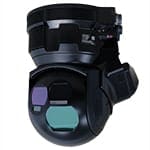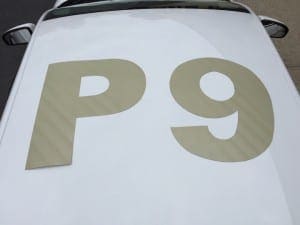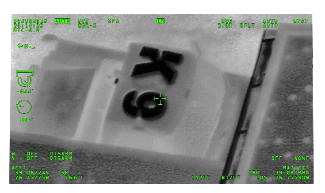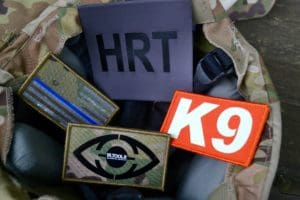To ensure you have a successful flight; knowing your equipment and how it works best is critcal.
The emergency call comes in…
Your airborne unit takes to flight…
The challenge of identifying and tracking your resources on the ground begins…
So pause and ask yourself these questions?
What are the imaging technologies available to me?
When do I use active or passive marking technologies?
What technology is best to use during the day or night?
The airborne officer has 3 imaging technologies available for surveillance:
- Naked Eye
- Night Vision Device (NVG)
- Thermal Imaging (FLIR)
On any given day, in any given situation you will use one or more of these technologies.
The naked eye allows you to see effectively during the day.
The night vision devices allows you to see in the night. However, its effectiveness is dependent on the amount of ambient light. Also keep in mind, night vision is difficult to use in urban settings because of all the additional light that can cause blooming in the device.
The thermal imager allows you to see during the day and night. The pre-dawn hours are generally an ideal time to use the thermal imager because the temperature differential (delta-T) is highest. During the “heat of the day”, solar loading can make the thermal imager less effective.
Passive and Active Markers
The marker you have on the ground are also a critical part of the operation. There are two kinds of markers to consider:
- Passive Marker
- Active Marker
A passive marker does not emit energy. Thermal and infrared (IR) tapes and vinyl are passive markers.
An active marker emits energy in some way, such as a LED, blinking light, and a heating device. You the observer to not need to emit energy (flashlight or IR illuminator).
How do these Technologies and Markers work together?
Use of the Naked Eye with Passive/Active Markers
The naked eye can see passive markers on the roof of a car during the day. But when night falls it is impossible to see without a spotlight. Active markers (blinking lights) can be seen by the naked eye during the day or night. In the case of a covert operation using spotlights and blinking lights could be dangerous and compromise your units’ safety.
Use of Night Vision with Passive/Active Markers
Night vision devices can see passive IR markers in the dark. In this case the night vision device “illuminates” the IR tape and it reflects the infrared energy back to you. Depending on the illuminator characteristics this could lead to tunnel vision as you juggle to survey the scene and illuminate at the same time. The active marker would be an infrared LED or a chemo luminescent stick. Again, in the case of a covert situation, an active marker could compromise the success of an operation.
Use of Thermal imagers with Passive/Active Markers
Thermal imagers are effective with passive markers and active markers during the day and night. The passive marker gives the appearance of a cold dark spot on the vehicle. Active markers (various heaters) can be attached to vehicles on the top or underneath the vehicle skin. In either case, whether it is an active or passive marker, you do not need to illuminate the scene as the thermal camera can easily detect the marker. Thermal imagers are most effective for covert situations.
Understanding your equipment and its limitations enables your airborne unit to successfully coordinate operations on the ground during the day or night.
A big shout out to Brian Spear of the Broward County Police and Scott Pederson of the Anne Arundel County Police for their input into this article.





